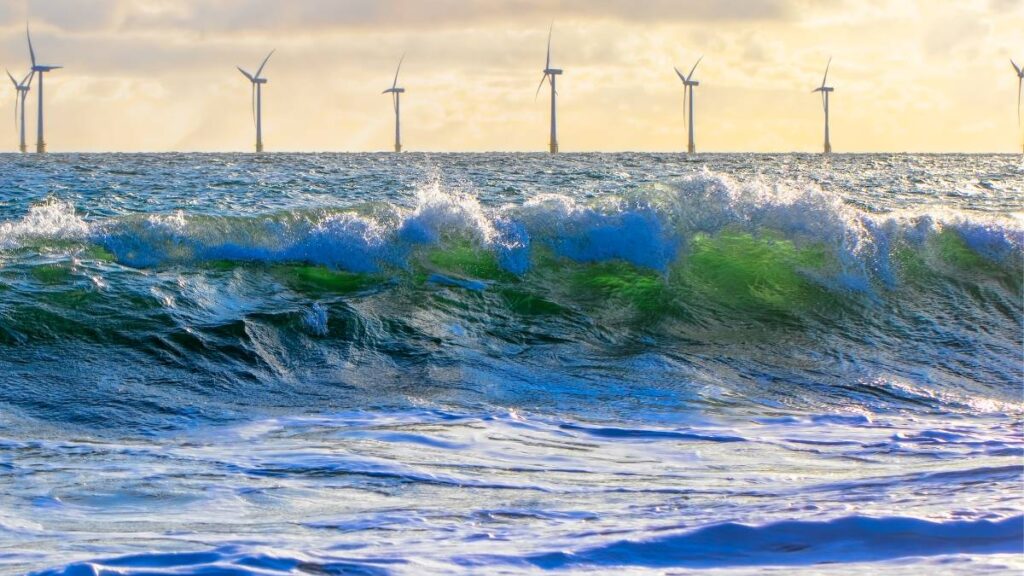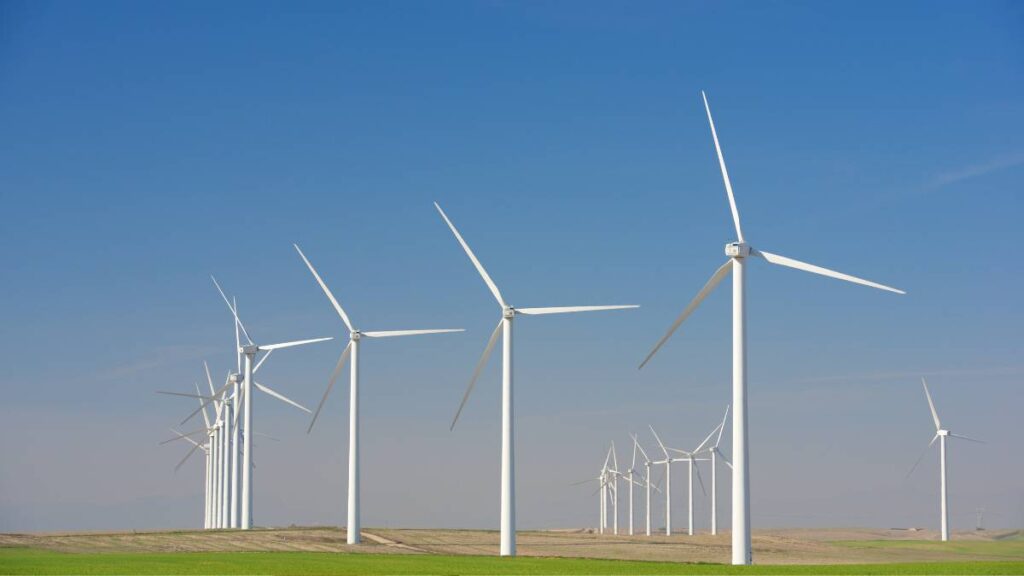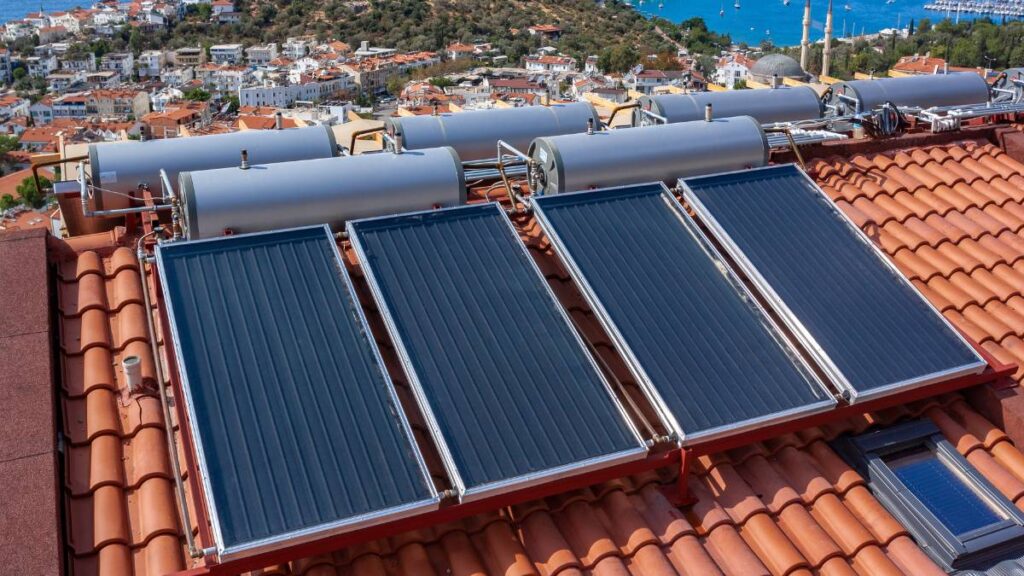Wave power stands as a beacon of potential in the renewable energy landscape, capturing the relentless energy of ocean waves to generate electricity. This clean, abundant resource offers a promising avenue for sustainable energy production, though it requires significant technological advancements for broader implementation.
How Wave Power Works
Waves are formed by wind transferring its energy to the ocean surface, creating a powerful and continuous movement of water. To harness this energy, various wave energy conversion technologies have been developed:
- Oscillating Water Columns (OWCs): These structures trap air above water in a chamber. As waves rise, air is compressed and drives a turbine.
- Overtopping Devices: These capture water from incoming waves in a reservoir above sea level, then release it through turbines.
- Wave Buoys and Point Absorbers: Floating units that convert the up-and-down motion of waves into electrical energy through hydraulic pumps or other mechanisms.
Advantages of Wave Energy
Wave power presents several key benefits:
- Clean Energy: It offers a renewable, pollution-free source of electricity.
- Predictability: Ocean waves provide a more consistent and predictable energy output than solar or wind.
- High Energy Density: Waves can generate substantial power within a small footprint, ideal for densely populated coastal regions.
- Synergy with Offshore Wind: Wave energy can complement offshore wind farms, creating robust renewable energy hubs.
Challenges and Considerations
Despite its potential, wave power faces challenges:
- Economic Hurdles: The high cost of developing, installing, and maintaining wave energy technology is a significant barrier.
- Technical Challenges: Achieving efficiency and durability in the corrosive, tumultuous ocean environment requires advanced technology.
- Environmental Concerns: Potential impacts on marine ecosystems necessitate careful study and mitigation strategies.
Advancements in Wave Power Technology
Research and development are vital in overcoming these obstacles:
- Efficiency Improvements: Innovations aim to enhance the performance and cost-effectiveness of wave energy converters.
- Material Advancements: Exploring materials that resist corrosion and withstand harsh marine conditions extends the lifespan of equipment.
- Eco-friendly Practices: Efforts to reduce the environmental impact of wave power installations are underway, ensuring harmony with marine life.
A Future Powered by Waves: The Global Potential
Wave energy projects are being piloted worldwide, demonstrating the feasibility and benefits of this resource. The global potential of wave power is immense, promising a significant contribution to the renewable energy mix. Supportive policies and public backing are crucial in scaling up wave energy technologies.
Wave power is the capture of energy from ocean waves to generate electricity. It’s a renewable and sustainable energy source that leverages the natural motion of the ocean to produce power.
Wave power is generated by harnessing the energy from ocean wave movements. This energy is converted into electricity using wave energy converters, which can be installed onshore or offshore, depending on the technology and local conditions.
While wave energy is promising, it has disadvantages, including:
High initial costs: Developing and installing wave energy technology can be expensive.
Technological challenges: Durability and maintenance in harsh ocean environments can be demanding.
Environmental impact: There are concerns about potential effects on marine ecosystems and wildlife.
Energy consistency: Wave energy can be variable, with energy production dependent on wave strength and frequency.
Conclusion
Wave power encapsulates the dynamic synergy between natural forces and human ingenuity, offering a pathway to a clean and reliable energy future. While challenges remain, the advancements in wave power technology continue to improve its viability and sustainability. As we explore and invest in wave energy, its role in the global energy portfolio will likely expand, underscoring the importance of continued support and development. Will you be part of the wave that drives the future of renewable energy?







